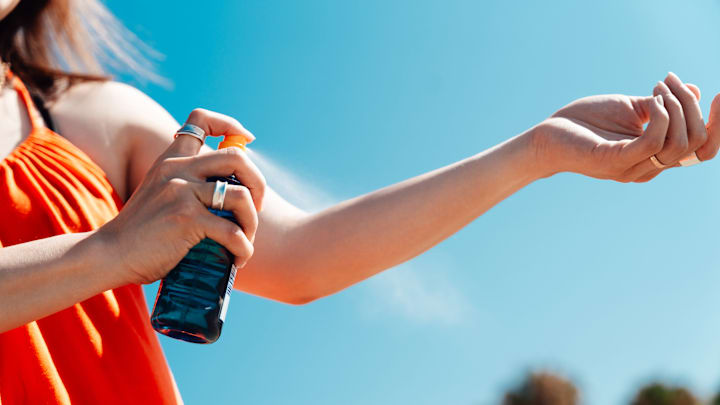Summer 2024 began suddenly and jarringly, with August-like heat waves sweeping the U.S. People are stocking up on sunscreen to protect against uncomfortable sunburns in the short term and the possibility of skin cancer in the long term. However, according to most experts, the products available in the U.S. are inferior to the sunblock available in other high-income countries.
The active ingredients of sunscreen are UV filters—chemicals that absorb or block the sun’s ultraviolet radiation. In the U.S. manufacturers have a total selection of 16 Food and Drug Administration-approved UV filters. In the Europe Union they have 29, allowing for more potent sunscreen.
The reason stems from how UV filters are regulated in the U.S. A law from 1938 classifies sunscreen ingredients as drugs and requires a long FDA approval process—including animal testing—before they can go to market. In many other countries, sunscreen is considered a cosmetic with a faster, less strenuous approval process. The classification acts as a barrier to using newer UV filters and keeps many imported sunscreens off the shelves of American retailers.
More plentiful UV filter options have allowed the European Union to set higher recommended standards for sunscreen to protect against a broad range of UV light. In a 2017 study published in the Journal of the American Academy of Dermatology, only 11 of 20 American sunscreens tested met EU standards, while 19 out of 20 met U.S. standards., indicating that the bar for UV protection is much lower in the U.S.
Many U.S. lawmakers are aware of the problem and are trying to fix it. In 2014, President Barack Obama signed the Sunscreen Innovation Act to spur the FDA to move along a backlog of applications for sunscreen ingredients, some of which had been in limbo for years. The law required the agency to respond to the eight applications in its queue by a specific date and mandated it respond to future ones within a year. High-profile congresswoman Alexandria Ocasio-Cortez also took up the cause of better sunscreen last summer.
However, none of this has yet led to final approval for any new sunscreen types. In fact, the last new approval was handed down in 1999, when YouTube, The Hunger Games, and Billie Eilish didn’t even exist yet.
Read More Health Stories:
